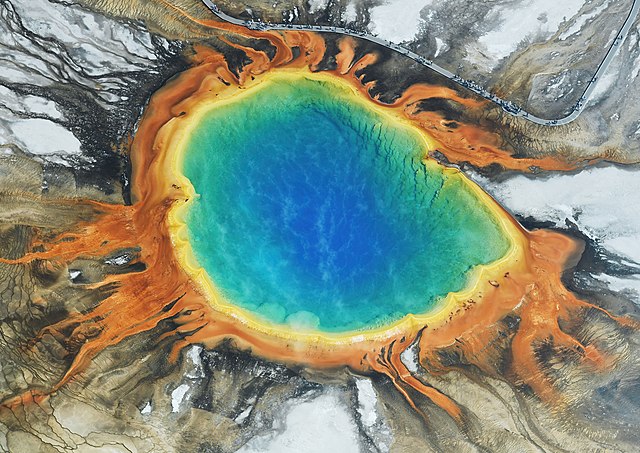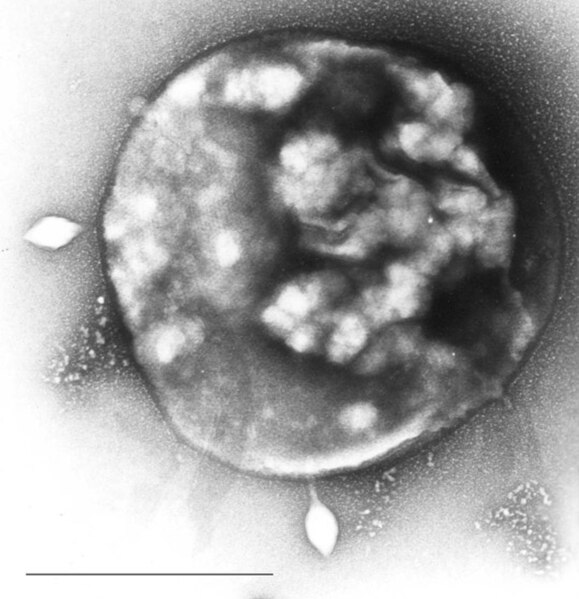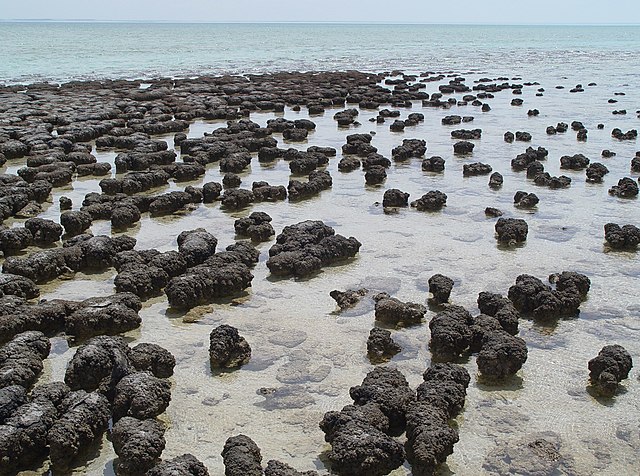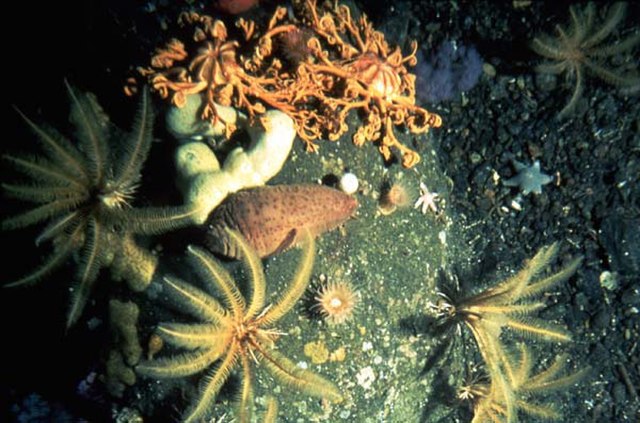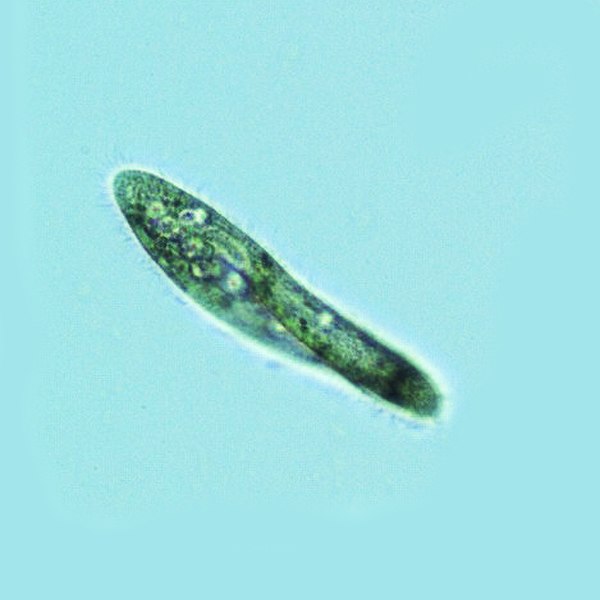Archaea is a domain of single-celled organisms. These microorganisms lack cell nuclei and are therefore prokaryotic. Archaea were initially classified as bacteria, receiving the name archaebacteria, but this term has fallen out of use.
Archaea were discovered in volcanic hot springs. Pictured here is Grand Prismatic Spring of Yellowstone National Park.
The ARMAN are a group of archaea discovered in acid mine drainage in the early 2000s.
Sulfolobus infected with the DNA virus STSV1. Bar is 1 micrometer.
Archaea that grow in the hot water of the Morning Glory Hot Spring in Yellowstone National Park produce a bright colour
A unicellular organism, also known as a single-celled organism, is an organism that consists of a single cell, unlike a multicellular organism that consists of multiple cells. Organisms fall into two general categories: prokaryotic organisms and eukaryotic organisms. Most prokaryotes are unicellular and are classified into bacteria and archaea. Many eukaryotes are multicellular, but some are unicellular such as protozoa, unicellular algae, and unicellular fungi. Unicellular organisms are thought to be the oldest form of life, with early protocells possibly emerging 3.8–4.8 billion years ago.
Valonia ventricosa, a species of alga with a diameter that ranges typically from 1 to 4 centimetres (0.4 to 1.6 in) is among the largest unicellular species
Modern stromatolites in Shark Bay, Western Australia. It can take a century for a stromatolite to grow 5 cm.
A bottom-dwelling community found deep in the European Arctic.
Paramecium tetraurelia, a ciliate, with oral groove visible

